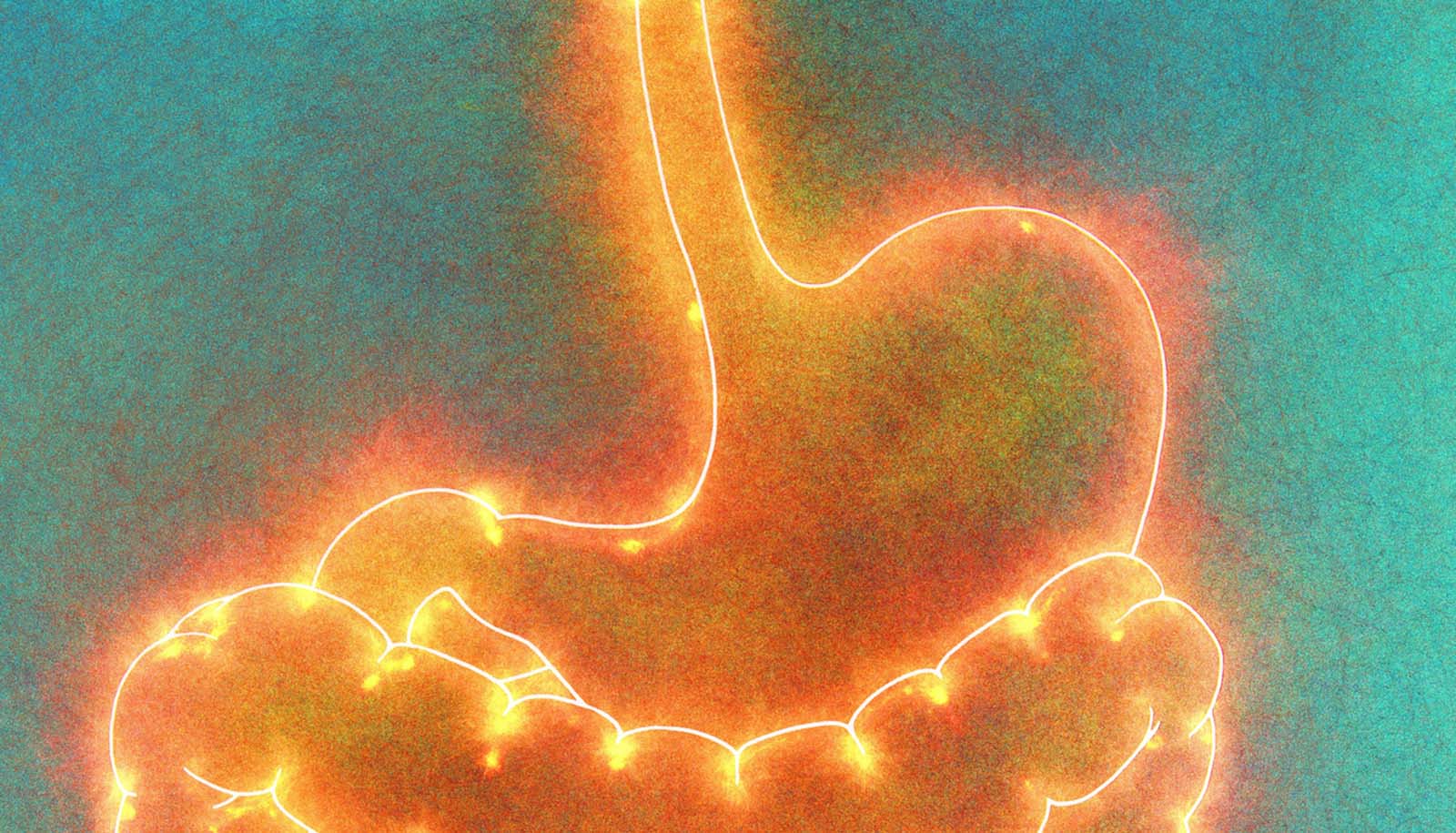Women who exercised when they were teenagers are less likely to die from cancer and from all other causes during middle-age and later in life.
“Our results support the importance of promoting exercise participation in adolescence to reduce mortality in later life and highlight the critical need for the initiation of disease prevention early in life,” says Sarah Nechuta, assistant professor of medicine at Vanderbilt University.
Published in the journal Cancer Epidemiology, Biomarkers & Prevention, the study included data from the Shanghai Women’s Health Study, a large ongoing prospective cohort study of 74,941 Chinese women between the ages of 40 and 70.
The women enrolled in the study between 1996 and 2000. Each participant was interviewed at enrollment about exercise during adolescence, including participation in team sports, as well as other adolescent lifestyle factors. They were also asked about exercise during adulthood and other adult lifestyle factors and socioeconomic status. Participants were interviewed again every two to three years.
Regular exercise was defined as occurring at least once a week for at least three continuous months. Women who reported regular adolescent exercise were also asked how many hours a week they participated and for how many years they had exercised regularly.
“In women, adolescent exercise participation, regardless of adult exercise, was associated with reduced risk of cancer and all-cause mortality,” Nechuta says.
What about chronic diseases?
Participation in team sports during the teen years was associated with a reduced risk of cancer death later in life. Participation in exercise both during adolescence and recently as an adult was significantly associated with a 20 percent reduced risk of death from all causes, 17 percent for cardiovascular disease, and 13 percent for cancer.
While there have been several studies of the role of weight gain and obesity on overall mortality later in life, the authors believe this is the first cohort study of the impact of exercise during adolescence on later cause-specific and all-cause mortality among women.
Current testing may not catch low iron in girls
An important next step is to evaluate the role of adolescent exercise in the incidence of major chronic diseases, such as cardiovascular disease and major cancers, which will also help provide more insight into the mechanisms of disease.
Other researchers from Vanderbilt and from the Shanghai Cancer Institute contributed to the study, which was funded by the National Institutes of Health.
Source: Vanderbilt University (Originally published August 5, 2015)



